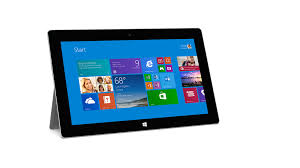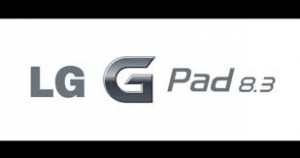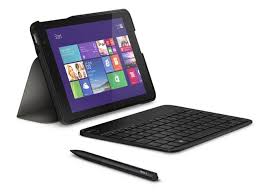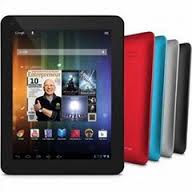Nokia has introduced its Lumia 2520 tablet, a $499 offering that will run Microsoft’s Windows RT 8.1 operating system and is destined for the consumer marketplace, a space that is already saturated by the likes of Google, Amazon, Apple and Samsung.
The Lumia 2520 futures a 10-inch 192 x 1080 display and is powered by Qualcomm’s 2.2GHz Snapdragon 80 processor, 2GB RAM, 32GB of internal storage with an expansion slot that enables the addition of 32GB more.
The tablet has a 6.7 megapixel rear-facing camera ad a 2 MP front-facing camera and an app that it has included called Storyteller that enables users to plot their photos on a map. The tablet is expected to be available later this quarter.
The company has included other technology brought over from its handset division and with that and its use of a different processor is differentiating its offering from the Microsoft Surface 2 that was also introduced this week.
That is an interesting move by the company since Microsoft is in the process of buying Nokia’s handset business for $7.2B and will get the tablet business as well, if and when the deal closes next year. So now it will have two similar, yet slightly different offerings for the same market segment.
I can understand Nokia wanted a product that helps generate revenue in the time between now and the closing of its sale but it seems that both parties would have benefited if it had focused elsewhere, no matter how nice the Lumia 2520 is.
The move by Nokia comes as tablet prices continue to drop and the number of players continues to grow. One of the surprising moments in Apple’s rollout of its new iPads this week was that one of them was actually more expensive than the last generation.
According to market research firm ABI, as reported in Mobile Marketer, tablet prices have been dropping and will continue to do so. Apple had been falling from its premium priced spot and its recent move was an attempt to move back into that space.
The report went on and discussed how the high end is pretty well saturated by existing manufacturers and that most new products in that space simply enhance existing features rather than add bold new capabilities. However it pointed out that there are several market segments that are currently underserved by developers.
Those spaces include the educational and business markets. The business segment is one of the last strongholds of the PC but that dominance is slowly changing, mostly driven initially by the BYOD (bring your own device) movement.
So with these large and relatively unexploited markets available why did the company make a “me too” offering that will compete with Microsoft and others in the heavily competitive consumer space? It will also be competing with them in the business and education markets but since those spaces appear to have the most room for growth it seems that they present the best opportunity for Nokia to establish itself.











